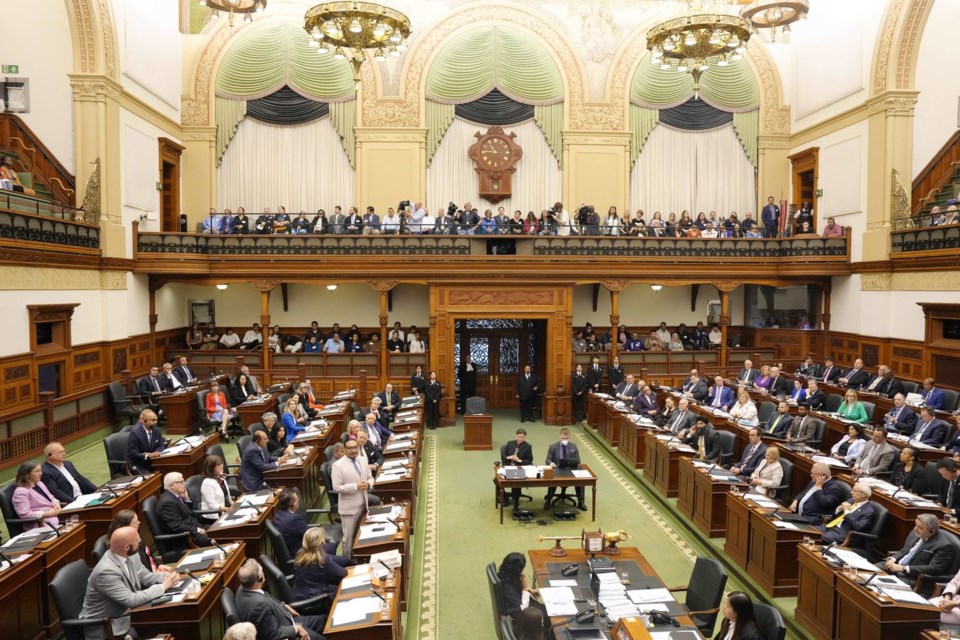
In March 2019, the Ontario Society for the Prevention of Cruelty to Animals (OSPCA) informed the provincial government it would no longer enforce animal cruelty laws, focusing instead on other endeavours such as its shelter operations, adoptions and public education.
The move followed a court decision in January 2019 that declared the charity’s enforcement powers unconstitutional. Since 1919, the province had provided the OSPCA police powers in order that the charity could enforce the laws on behalf of the province. However the province had done so without imposing reasonable standards of transparency and accountability.
With this announcement, the Ontario government was forced to step in and take over this responsibility. Provincial Animal Welfare Services (PAWS) became the official protection agency as of January 2020.
In taking over, the government adopted the animal protection laws that the OSPCA ran under – Ontario Society for the Prevention of Cruelty to Animals Act (1990) then started making their own amendments. In January 2020, the PAWS Act (see below) became the governing laws and regulations for animal welfare in the province of Ontario.
https://www.ontario.ca/laws/statute/19p13
Here we are in Q3 of 2025, 6 years into the PAWS Act and the legislation and regulations protecting animals in Ontario has not changed significantly in regards to the core foundational issues:
- Recognition of animals as sentient beings not mere property
- Basic Standards of Care that are clear and measurable for compliance and enforcement purposes
- Standards that go beyond simple food/water/shelter
- Entertainment venues (zoos, circus, amusement areas) that are licensed, with oversight to ensure animals to live as natural a captive life as possible.
Both federal and provincial legislation play critical roles in shaping animal welfare practices in Canada. However, ongoing efforts are necessary to enhance protections and promote humane treatment for all animals.
Let’s delve into the role of legislation in animal welfare in Canada.
- Federal Legislation: Canada’s primary federal animal protection legislation is found in Sections 444 to 447 of the Criminal Code. These provisions prohibit causing “unnecessary pain, suffering, or injury to an animal or bird” and “causing damage or injury by wilful neglect.” While this law provides special protections for certain animals (such as cattle, horses, and pigs), it notably excludes chickens and fish, which constitute a significant portion of animals raised and killed for food in Canada. Additionally, the Health of Animals Act addresses animal welfare during transport, setting limits on travel time without food, water, or rest. The Meat Inspection Act regulates inspections and slaughter practices, allowing electric prods and not mandating unconsciousness before slaughtering chickens and domesticated rabbits.
- Provincial and Territorial Legislation: Canadian provinces play a crucial role in protecting animal welfare. Each province has its own laws covering a wide range of animal welfare interests. However, animal agriculture is generally exempt from anti-cruelty and duty-of-care provisions in provincial legislation. While some provinces reference national codes of practice, differences exist in how they interpret terms like “care” and “distress.” For instance, Ontario, Manitoba, Newfoundland, Labrador, Alberta, and Saskatchewan exempt animals used in research from duty-of-care requirements.
- Animal Testing and Research: Surprisingly, there is no federal legislation specifically regulating animal testing in Canada. Some provinces allow exemptions for animals used in research, impacting their welfare. For example, in Ontario, Manitoba, and other provinces, animals used in research are exempt from duty-of-care provisions and prohibitions on causing distress.
- World Animal Protection Index: In 2014 and 2020, Canada received a D grade out of possible grades A to G on the World Animal Protection’s Animal Protection Index. This rating reflects the country’s overall performance in safeguarding animal welfare. While progress has been made, there’s room for improvement in ensuring better protections for animals across the nation.
